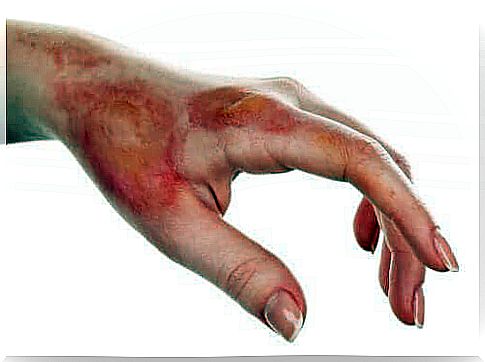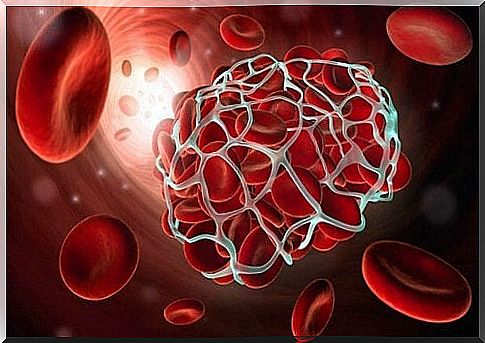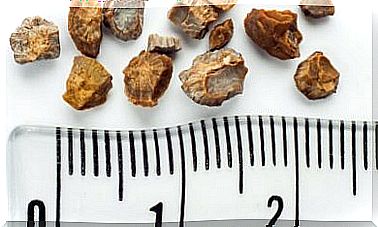Diagnosis Of Skin Necrosis

The diagnosis of skin necrosis is complex, as it is not specific for any particular pathology. Its causes are multiple and, therefore, to establish the diagnosis, it is necessary to carefully examine the clinical context of each patient.
The person’s pathological history, as well as associated diseases and other symptoms, along with data provided by the laboratory, are the variables to be considered. The analysis of all these aspects is what makes it possible to reach a concrete diagnosis.
What is skin necrosis?

Thus, skin necrosis typically presents as a violet, blue, or blackish discoloration of the skin. There is loss of sensation in the area, which is sometimes preceded by severe pain. There is also a fetid secretion.
Skin necrosis is usually covered by an eschar. This is a type of black board with well-defined boundaries. Its configuration is hard and fully adhered to the lesion.
This process can lead to tissue death over a large area of the skin due to a lack of blood supply. Also, if this is accompanied by a bacterial infection and decomposition, we will speak of a case of gangrene.
Main causes

The causes of skin necrosis are many. Hence the difficulty in diagnosing it. However, most often it obeys three factors globally. These are:
- Exogenous agents. They refer to a factor outside the body that causes necrosis. This factor can be a chemical element, pressure ulcers, medications, burns, freezing, etc.
- Infections. Certain infections lead to skin necrosis. Some of them are gas gangrene, ecthyma, acute meningococcemia and necrotizing fasciitis.
- Vascular occlusion. It is the most frequent cause. It has various origins, such as cryoglobulinemia, vasculitis, thrombotic phenomena and other hemostasis disorders, etc.
Also, there are many other causes that can lead to skin necrosis. Likewise, the different factors often interrelate and act together to result in this pathology.
Processes involving skin necrosis due to infection
All factors that give rise to skin necrosis are pathologies that occur in parallel. In the case of skin necrosis due to infection, the associated processes are usually:
- Ectima. Bacterial infection that gives rise to ulcerations and scabs.
- Necrotizing fasciitis. It generates rapid necrosis of the subcutaneous fat and fascia, which produces a watery, smelly fluid.
- Gas gangrene. Infection of the muscle that has develops very fast and can lead to death.
- Acute meningococcemia. Causes an acute petechial rash, which may be followed by ecchymosis and ischemic necrosis. Sometimes it causes devastating bleeding injuries.
Processes involving vascular occlusion necrosis
In the case of cutaneous necrosis by vascular occlusion, it is common for the concomitant processes to occur, which we will describe below:
- Antiphospholipid syndrome. It is an immune disorder in which the body mistakenly attacks blood proteins.
- Cryoglobulinemia. It is a rare disease, almost always associated with hepatitis C. Thus, the affected person has proteins in the blood that become thick at low temperatures.
- Cholesterol Embolus Disease. It is a rare disease that appears mainly in men over 60 years of age with generalized atherosclerosis. In it there is embolization of cholesterol microcrystals.
- Calcipilaxis. It is a rare and life-threatening syndrome. It derives from calcification of vessels and is characterized by progressive and painful ulcers.
- Necrotizing vasculitis. It corresponds to a group of disorders that cause inflammation of blood vessel walls.
- Changes in hemostasis. It includes a set of disorders in which normal platelet activation is disturbed, which affects the walls of blood vessels.
Finally, as discussed in this article, there is a whole set of processes associated with skin necrosis. That’s why your diagnosis is so complex.









